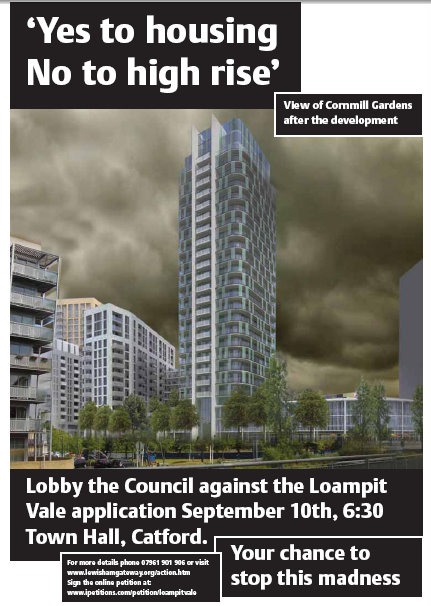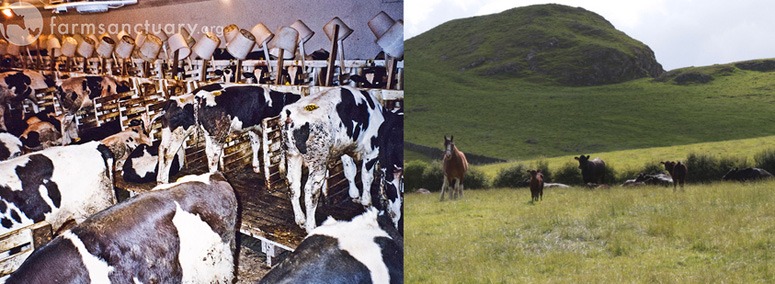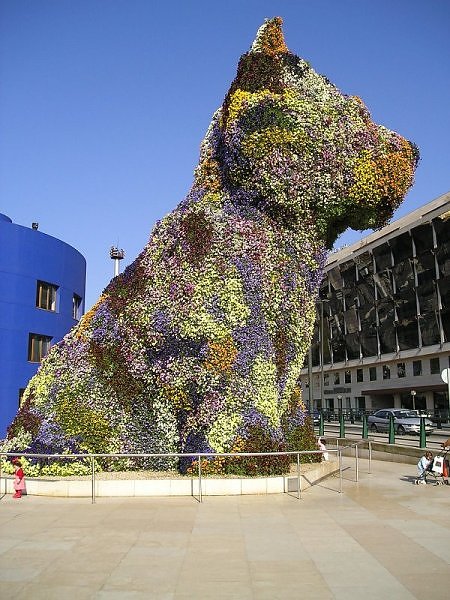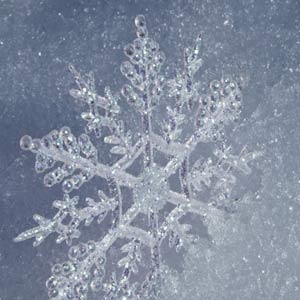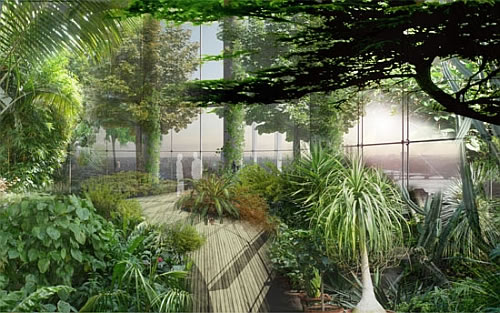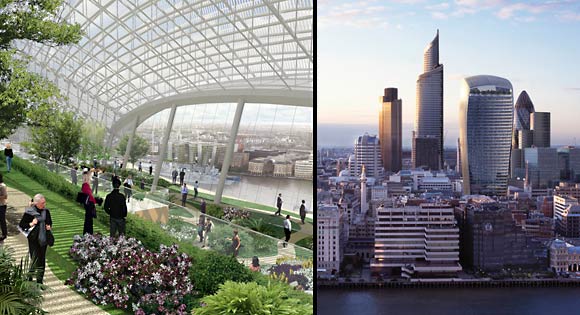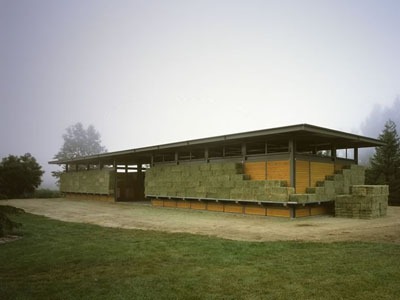The UK Royal Town Planning Institute (RTPI) was launched in ill-omened year: 1914. But it was founded by idealists and played an honourable role, until another year of destiny: 1947. Effectively, it then split. One portion became an arm of government, forever beholden to the ugliness of local government in the UK. The other portion, which has grown in size, became an arm of the property development industry. The idealists left.
The above image of a ‘regeneration’ proposal in Lewisham, South London, shows the result. There is a lot of patter about sustainability etc but the design is 1930s Corbusian with a sprinkling of rancid green sauce. The developers get a fat profit; the local council gets more tax income; the people get an ugly and badly designed project: 98% of respondents to a consultation were against the proposal. If Steen Eiler Rasmussen, author of London the unique city, could give an opinion he would surely sign it ‘Disappointed, Disgusted and Revolted of Copenhagen’. He believed London unique among world cities because such a high proportion of its residents have their own gardens and do NOT live in flats. Rasmussen also loved London’s parks and would be horrified the social uselessness of the proposed ground level space in Lewisham. The design is context-insensitive to a high degree. Poor old Lewisham. Poor old London. Poor old England.

